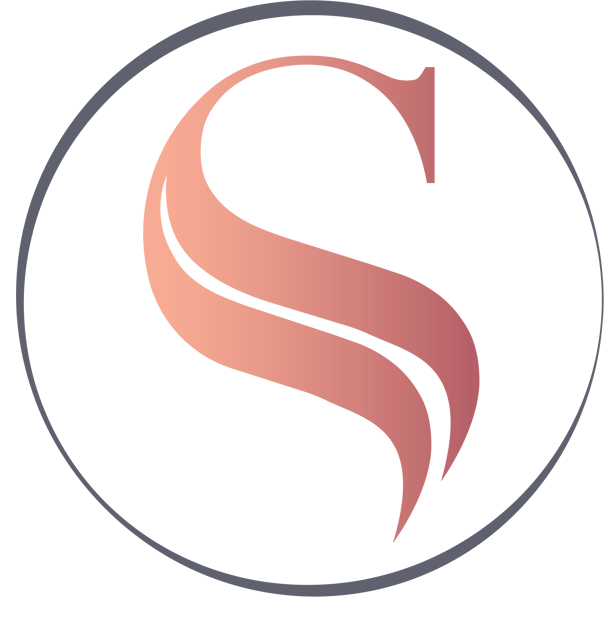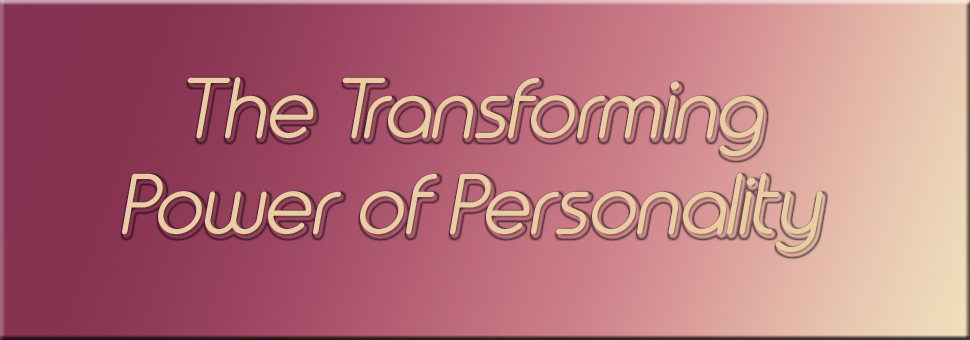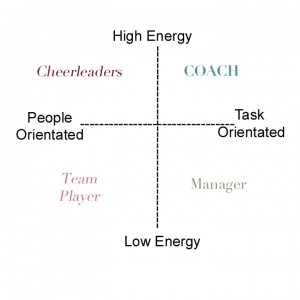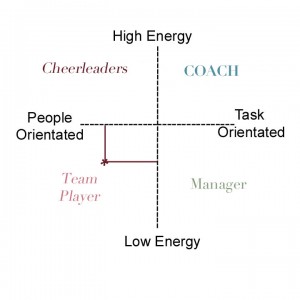Have you ever met, lived with, or worked with someone who was different from you?
Someone who thought differently, responded differently, or acted in a way that completely baffled you? Of course you have. It is clearly evident people are created differently. Understanding the strengths and weaknesses of each of the personality types and developing an appreciation for how our differing characteristics can work together for everyone’s benefit can change your life, your relationships, your career and your business.
As you learn about the personality types you’ll begin to realize that what looked like someone else’s purposeful efforts to annoy you, is really just a part of their inborn tendencies that are different from your own. Maybe you work with someone who is extremely detail orientated, methodical and a perfectionist. If you are the opposite type of personality, you will find those behaviors very frustrating. It may feel like they are always attacking you for not doing things up to their standards. Realizing they are not criticizing you, specifically, but are simply seeing the task in a different way, can go a long way toward a better working relationship.
You will also learn why you struggle in some areas that other people seem to have no difficulty in. If you are a strong Coach, like me, you may find it hard to empathize with people who don’t seem to have the internal strength to just get over life’s obstacles. You might wonder why people see you as tactless, or hard hearted. When you learn that people skills don’t come naturally to a Coach, when you begin to see yourself as other people do, you can take steps to work on your weaknesses. Knowing that sympathy for others is not my strong suit, takes some of the pressure off me from trying to be something I’m not. I will never be a therapist or mediator for example; it is simply not a good fit for me.
The theory of different personalities was first developed in ancient Greece by a man whom you may have heard of, his name was Hippocrates. You’re familiar with the Hippocratic oath? It is a creed, followed by doctors, that starts with “First, do no harm…” Hippocrates was the father of modern medicine. He observed people were very different and seemed to have differing motivations behind their behavior. As a scientist, he concluded these differences were caused by the balance of fluids in our body.
I won’t go into a long and boring history lesson, but suffice to say, Hippocrates settled on four main types. There are other systems of classifying personalities; one system uses 16 different types. Not only does that get confusing, it tends to put people in an inflexible box, taking away their ability to change and grow out of weaknesses. I use the system developed by Hippocrates because it is the only one that allows for growth within our general personality. He called them Sanguine, Choleric, Melancholy and Phlegmatic. If you are at all familiar with medicine, you may recognize the word Sanguine has to do with blood. Choleric refers to an excess of yellow bile, leading to aggressiveness or bad humor. Melancholy means pensive, thoughtful, moody or sad. Phlegmatic, so Hippocrates thought, was a state of excess phlegm, leading to slow, calm or sluggish behavior.
Whew, that’s enough history for one day. Let’s find an easier way… Since we are all created to be part of a team, let’s use people from a sports team to give us an easily relatable set of terms we can use to identify each type.
All of the personality types can be laid out on a grid, like this:
If you are familiar with algebra, you’ll recognize we’ve created a graph with an X and Y axis. For the rest of us, we’ll just call it a plus sign. To find our own place on the Personality grid, we have to decide first if we are a high energy person or a low energy person. This doesn’t have so much to do with whether you need a nap every afternoon, as it does with your general tendency. High energy people are fast talkers, fast thinkers, fast decision makers, fast movers. These are the folks who don’t sit still for long, are always making new plans and coming up with new ideas. Low energy people are more deliberate in their planning, slower to make decisions, thoughtful and pensive, more relaxed, less prone to quick flashes of temper. This is not an exact science; simply find a general place to put yourself on the vertical, high to low energy scale.
The horizontal line is a continuum from being people orientated on the left, to more task orientated on the right. If you are people orientated, you love to be around people, love to interact, would rather socialize than work on a solitary project. You work in groups, and thrive on making connections with other people. Task orientated people find being in social situations to be draining. They have to-do lists and projects to complete that are more important to them than hanging out with friends. Plot your place on that scale as best you can. If you land right in the middle on both lines, either you are Mary Poppins – “practically perfect in every way” or you need a bit more clarity about each temperament.
Most of us will lean a bit more strongly toward high or low energy and pretty clearly be able to identify if we prefer to be around people or to need solitude to recharge our batteries. For the sake of an example, here is how we would chart someone who was mostly people orientated and on the lower energy end of the scale:
By drawing a line out from each point, you can see they intersect in the Team Player’s corner of the chart.
From here you can go on to plot your own place on the chart. Now that you’ve found your most likely personality type, read the brief descriptions below and see which one sounds most familiar.
Cheerleaders are average to high energy output and average to extremely high people persons. They are friendly to everyone, love large gatherings, would rather move than sit, and can be flashy and free thinking. Cheerleaders have the ability to remain optimistic and gullible, wide-eyed innocents, no matter what life throws at them. The draw toward fun and games can help them liven up a party, but it can also make them a somewhat less than reliable employee. Tigger from Winnie the Pooh is a classic full Cheerleader type.
Coaches share the high side of the energy level with Cheerleaders but focus their efforts on achieving things. Coaches are the goal setters, the get-it-done-no-matter-if-it-kills-me people. They work well alone, but they know exactly what everyone else needs to do and they’re not afraid to tell them so. Where the Cheerleaders organizing parties, Coaches organize projects. Military leaders like Napoleon are typically Coach personalities.
All teams need a Manager. Found on the lower right side of our grid, Managers are great at attending to details. They’ll keep the stats, organize the locker room, solve the logistics and rarely get distracted from their task. Managers think everything through carefully. They spend so much time thinking and analyzing, all of life seems like serious work to them. Fun is a foreign concept. Bill Gates is a great example of a Manager personality type.
Sharing this tendency for quiet introspection are the Team Players at the lower left of our model. Flexible, easy going and agreeable, Team Players have the unique ability to operate in any of the other three quadrants, even stretching to the opposite corner to lead like a Coach if the need arises. They will rarely start an argument and are the first to mediate other’s conflicts. With their slower pace, Team Players can be counted on to be calm in almost any situation; sometimes to the point of inertia. With his charming personality and gentle manner, Pooh Bear is a perfectly, peaceful, Team Player.
If you were to plot their places on the grid, our example people would sit at the extreme outer corners of their respective quadrants. People are not so easily or obviously pegged. You might identify with The Cheerleader’s friendliness, but prefer the Team Player’s slower pace, putting you closer to the border between them. Both Managers and Team Players love to help people, Managers by devising systems to better people’s lives, Team Players by listening and serving. If you like to help people but from a distance, you might be a blend of Team Player and Manager. Full Coaches can be tactless and bossy, but a Coach blended with Manager tendencies softens that dictatorial stance. Hopefully, our objective is to move toward the center of the grid; still unique in our own way but overcoming our weaknesses and growing in our understanding of others.
If you would like to take a short assessment test to more clearly identify your personality, click here ; Free Personality Test
Each personality type is explained in greater depth in these articles:



